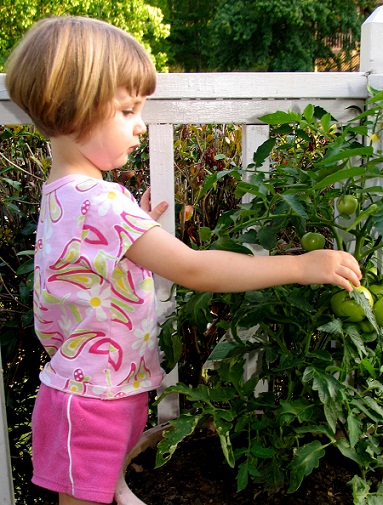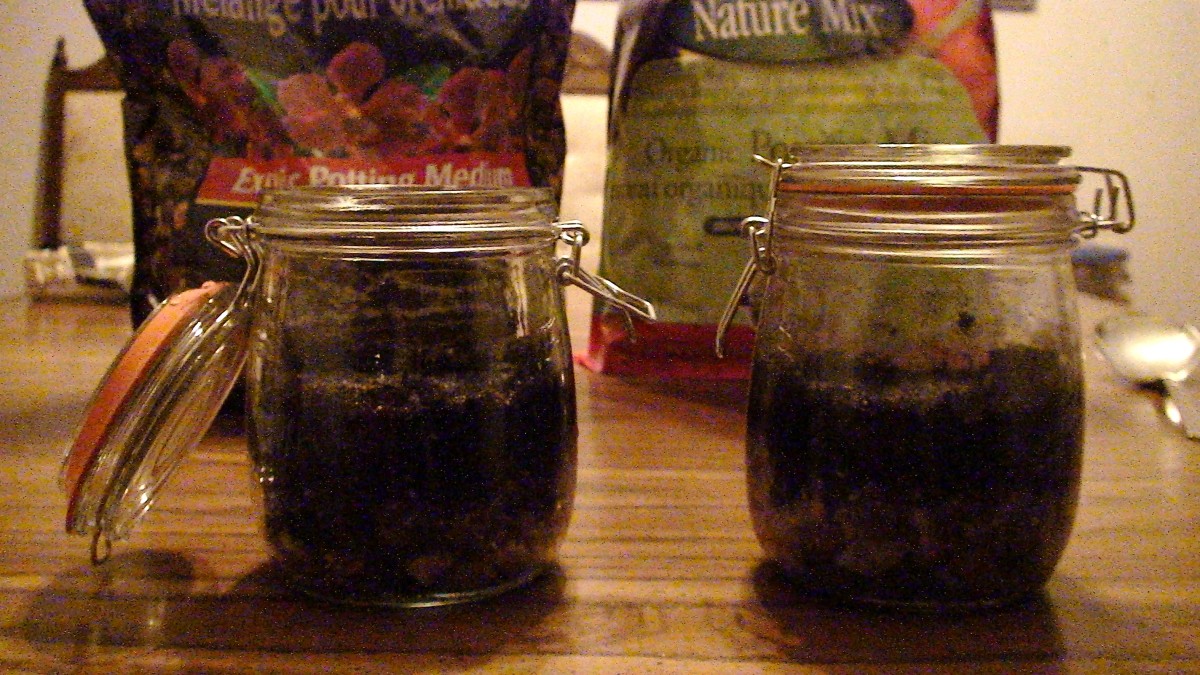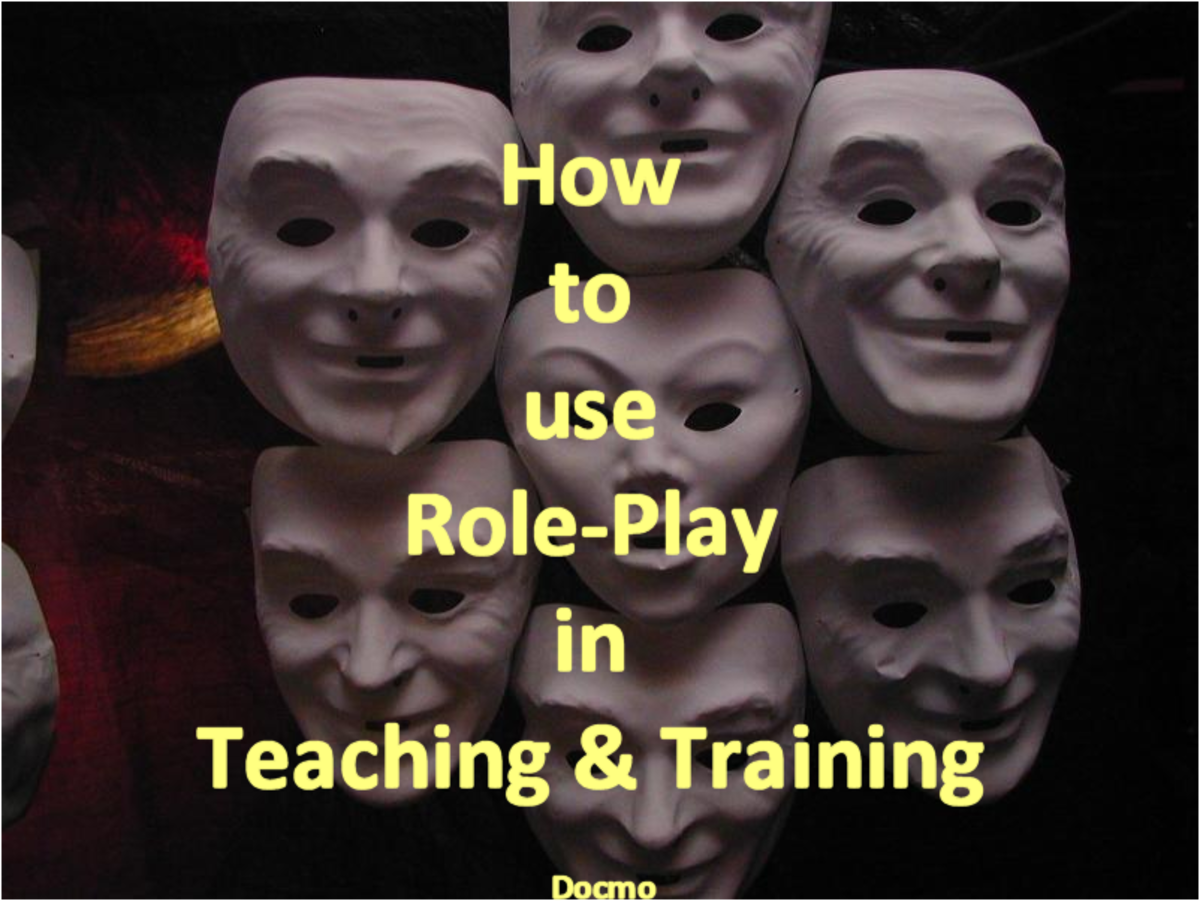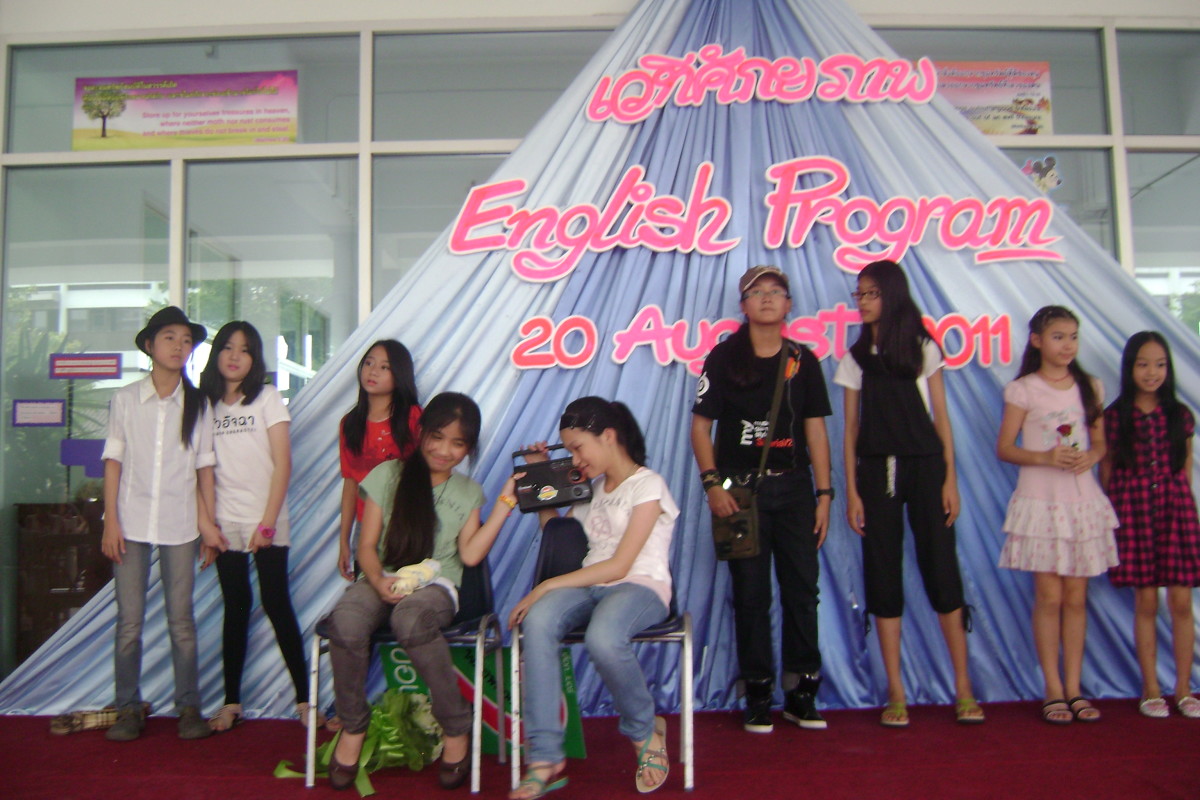More Fun Classroom Activities to Interest Children / Kids in Growing Plants

I have written this article as a follow up to my original article called Fun Classroom Activities to Interest Children / Kids in Growing Plants. The first article has proven to be so popular that clearly there are a lot of teachers and even parents out there keen to find new and fun activities for the classroom with a view to capturing the children's imagination and encouraging them to find growing plants or their own vegetables an exciting new interest or hobby. I am not out of ideas yet and first became hooked on growing my own food as a child of about six or seven, so it seems only right I should share my other ideas and experiences of plant growing so that more kids can be inspired and take up growing their own food in the future.
I really hope you all find this article as useful as the first one and that all of you teachers out there can put these ideas to good use in the classroom. If you do enjoy this article too there is a third one in the series called Even More Fun Activities to Interest Children / Kids in Growing Plants that you might want to check out as well. Additionally I have written one that covers Fun Classroom Activities and Experiments to Interest Children / Kids in Animals and Pets.
In a separate article I cover another very popular topic and that is How to grow your child a living den or playhouse from willow or other plants.
My favourite teacher during my school years had to be my Horticulture Teacher because of the way he supported my fascination with growing plants, (mostly vegetables). However, my passion for growing any plants began much earlier, and was also encouraged by teachers in my junior schools when we the pupils were performing the simple growing experiments I described in my first article.
Truly this is something we should all be encouraging more than ever today, especially with food becoming more expensive and pesticides and sprays being used liberally on most of the vegetables we buy in shops. What better way to guarantee our children eat fresher, healthier, greener vegetables, and help the environment in the process by reducing the miles food has to travel to reach our plates.
A Sunflower Growing Competition
This is a fun project for children to have a go at, and you can get them even more interested in if you liven things up by making it into a competition. Either provide each child with a 3" plant pot or get them to bring in an empty yoghurt or cream pot from home and pierce some holes into the bottom of it, They can even have fun making their own newspaper plant pots. Buy an appropriate sized bag of compost and then get each child to fill their pots to within about a cm of the rim. A packet or two of sunflower seeds can then be distributed between the children, allowing them 2 each to avoid disappointment if one fails to germinate.
For the next stage the children will need to gently water the compost in each pot and then let it drain, (I recommend they also each have a saucer to place their pots on for the duration of growing their sunflowers). Once the compost has drained each child should use their finger to poke two holes in the compost, each hole approximately 1.5cm deep, before then placing a sunflower seed (pointed end upwards) in the holes. They can then fill in the holes with a little more compost from the bag, gently press it down and then lightly water the pots again to settle the compost around the seeds.
After four or five days the seedlings should start to emerge from the compost. During the entire growing period the pupils will need to be responsible for keeping the compost in their pots moist and not allow it to either dry out or get too wet. At the point the seedlings have developed their first true set of leaves (not the seedling leaves), it should be possible to see which is the stronger seedling, and the children can remove the weaker of the two seedlings in their pot.
Within a few weeks the seedlings will have grown into young plants, and their roots may well be beginning to appear at the bottom of the pots. Now is when the real fun begins. The kids can now transplant their sunflowers outside, (making sure each sunflower is supported by a long bamboo cane of about 6-8 feet in length) and begin the real competition of who can grow the tallest specimen. Ideally you will have an area of ground at the school that can be used for this stage, but if not, large pots outside would work too. In the worst case scenario the children can take their plants home and grow them there, but they will need an adult to verify the final height of their plants, and ideally they should get a photo of themselves standing next to their plant. It is most fun if the competition is done at school though, as the sunflowers can be grown side by side, and each child can see if theirs is the tallest on any one day. They can also have good fun coming up with ideas for how to make their sunflower grow taller, e.g. trying home made composts, using various home made plant foods, or burying used teabags next to their plants.
Set an end date for the competition based on the 'seed to maturity' times stated on the seed packet. Then award a suitable prize to the pupil who has grown the tallest sunflower.
Change the Colour of Your Plants
This is an experiment that fascinates children and illustrates to them how plants take up the water through their roots before distributing it out to their leaves. The best bit is it is ever so simple to conduct this experiment. You can do this a couple of ways. Either each child can do the experiment on individual plants of their own, or the teacher can have a selection of plants that they conduct the experiments on as a classroom activity.
Ideally you will need fairly broad leafed plants such as mint, beans or even small lettuces like 'Little Gem', and of course they should have green leaves as opposed to any other coloured leaves. The plants should be those which take up a reasonable amounts of water, so Cacti and Succulents are a not suitable. Next you will need a variety of different food colourings and some water. Over a period of a week or so water each plant with a solution made up of water mixed with one of the food colourings. As the days go on the various colours each plant has been watered with will begin to be visible in the veins of the leaves as the plants take up the coloured solutions. Good fun to watch and fascinating for the kids.
Another fun experiment can be done with a pink Hydrangea bush. This plant will produce pink flowers, but you can get the flowers to change to blue by burying iron filings at the roots of the shrub. As the iron rusts the flowers on the shrub will begin to go blue naturally. This happens for the same reason that a Hydrangea grown on an alkaline soil will be pink, but one grown on an acidic soil will be blue.
Watering Experiments
It is a well known gardening fact that watering plants correctly is an important skill, and that waiting for a plant to wilt before watering it will definitely check its growth quite severely. Yes it will perk up again after it finally gets a drink (assuming you don't leave it too long), but the plant has already suffered a setback. This classroom experiment will prove the point very well.
Firstly you will need two healthy, moisture loving young plants such as tomatoes. These need to be exactly the same size and age. One of these plants you will ensure is watered regularly and never allowed to dry out completely. The other plant will be left to dry out completely between watering, and will not be watered again until the leaves start to go limp. When you water this plant again it will of course perk up and appear to be fully healthy again. It will also be useful to take pictures of each plant at fixed intervals (maybe a week apart), for later comparisons. What will soon become apparent is that the plant that is kept moist will thrive and continue to grow, but the plant that is allowed to wilt and recover repeatedly will still grow, but will be far smaller and less healthy than the other plant.
For the results of this experiment to prove the point, it is really important that both plants are otherwise exposed to identical conditions, e.g. light, warmth and food. If the plants outgrow their pots during the course of the experiment they should be potted on into larger pots to ensure that having been pot bound does not influence the results either. The good thing about using tomato plants for this experiment is that you can carry the test right on to the point the plants produce fruit, and can weigh the crop produced by each plant in order to prove better production of fruit on the plant that received regular watering.
Grow a Pot of Herbs
Each child can have fun doing this, whether they do this as a gift for their Mum or their Gran, or even if they just want to take the pot home for themselves at the end of the project. I suggest buying an assortment of herb seeds (parsley, thyme, basil coriander, chives, mint etc), and let each child decide what herb they would like to grow. Each child will need a plant pot again, but they can have fun painting it and decorating it as part of the task. A bag of compost will be required so each child can fill their pots ready for planting. As with the sunflowers the pots of compost should be watered and allowed to drain before planting. Most herb seeds are very small so no holes will be required this time. All the children will need to do is sprinkle a few seeds on the surface of the compost and cover them with a tiny pinch of compost. I suggest then covering the top of the pots with a piece of cling film secured with an elastic band to stop the compost drying out before the seeds germinate.
As soon as the pupil spots that his or her seedlings are showing they will need to remove the cling film immediately. Over the coming days they will need to water very carefully to avoid drowning the tiny seedlings , (a trigger spray can make this easier until the seedlings get a little bigger). In some cases the children may need to thin the seedlings down to one or two per pot, (check the seed packets to find out this information per herb).
This can be a great classroom activity to do in advance of Mother's Day so the children quite literally create the entire gift themselves, right from decorating the pot to growing the contents.
I hope you found this a useful list of ideas for more classroom activities to get school children / kids interested in growing plants and vegetables. If you did you will probably enjoy the related articles below.
Other Articles in this Series
- Fun Classroom Activities to Interest Children / Kids in Growing Plants
There are several fun classroom activities that will get children interested in growing plants and finding out more about them. Some of these activities were what first captured my imagination as a child, and are the reason I still love growing..... - Even More Fun Classroom Activities to Interest Children / Kids in Growing Plants
If you read the first two articles in this series you are no doubt looking for yet more classroom activities to get children / kids interested in growing plants and even vegetables. My passion for growing stuff was encouraged by my school teachers... - Fun Classroom Activities and Experiments to Interest Children / Kids in Animals and Pets
This article suggests various fun activities teachers and parents can try that will develop children's interests in animals and pets in ways that will fascinate them and capture their imaginations.







